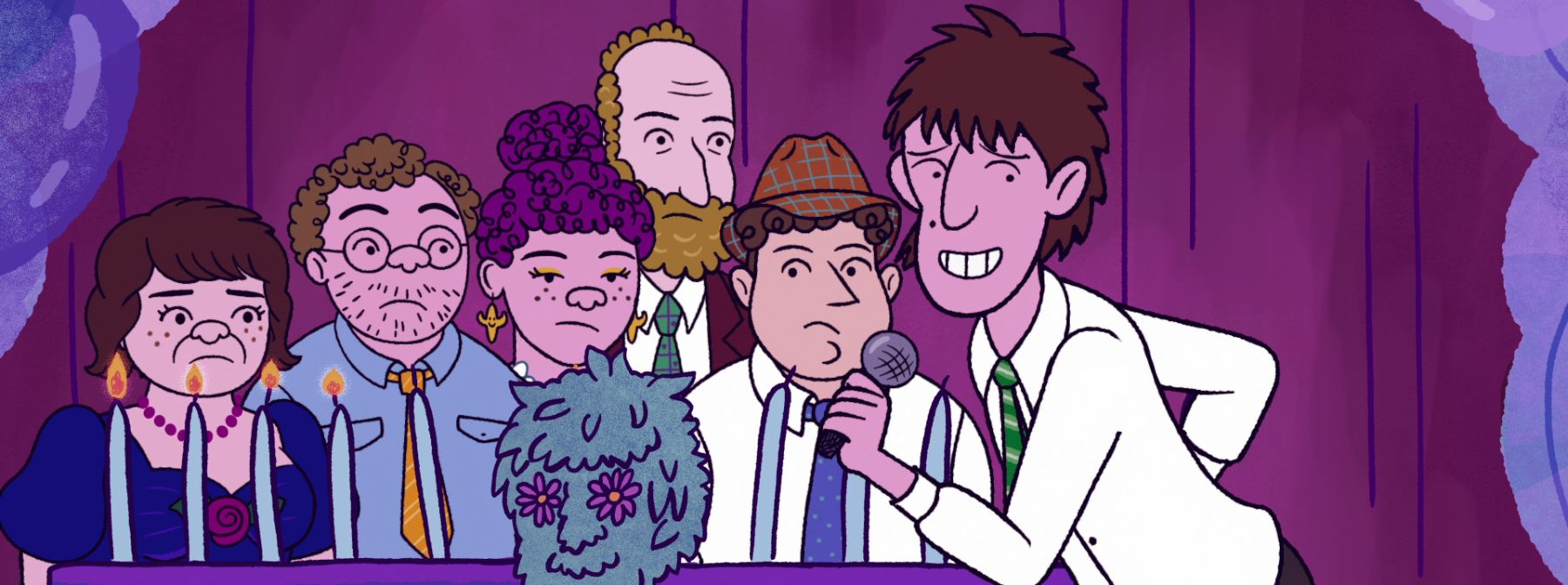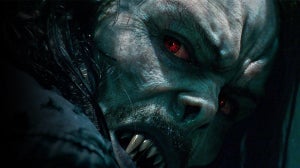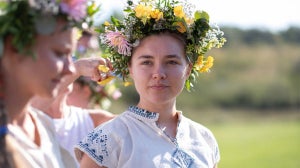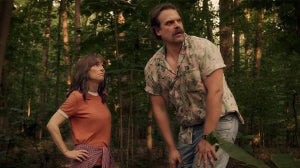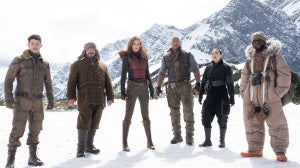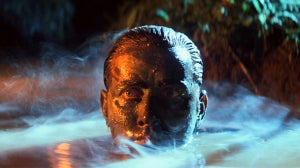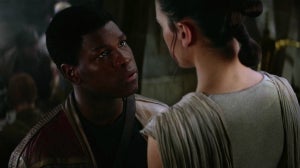
His highly anticipated follow-up to Bojack Horseman is, on the surface, a far more straightforward animated sitcom. Primarily following three siblings from the dysfunctional Schwooper family, it’s a world away from the Hollywood – sorry, Hollywoo – satire of his previous hit show, with no anthropomorphic animals in sight.
However, the fact Bojack didn’t become a critically acclaimed phenomenon until its second season is written into the DNA of Long Story Short; instead of taking its time to find its feet, the first season frequently jumps in time between different decades, throwing you in at the deep end with lived-in, often abrasive family dynamics before you even get a chance to know the characters individually. Bob-Waksberg's lofty aim was to make you feel like you’ve already been watching the trials and tribulations of this family for several seasons when you hit play on episode one.
Because of this, he had the daunting task of fleshing out the entire arcs of characters that could span several seasons before he even began writing a single episode.
He told Zavvi: “I think what was helpful was that I already felt like I knew these characters; I have to stress they’re not based on my family specifically, but they’re the kinds of people I’m very familiar with, so I just know their identities and rhythms innately. We figured out the whole first season before we even wrote a word of it, so I knew where they were going and what their deals were, which in some ways felt very natural – I'm not sure I could have made this show if I didn’t know these characters inside out to start with.
“The show was designed so that the characters would feel consistent even as they’d change over time, so we’d never have to waste time explaining how anybody got from here to there. We didn’t want anything drastic or crazy – you truly feel the person at 40 is the same person they were at 22, even if their circumstances have changed.”
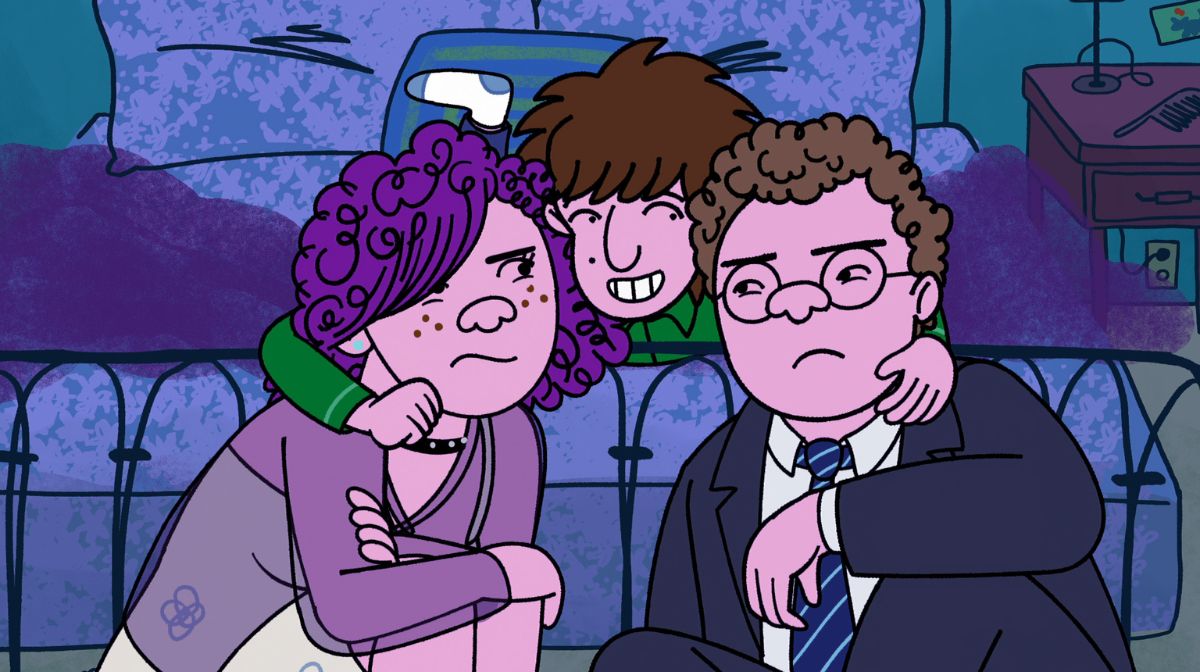
This means that the Long Story Short writers room has an unusually detailed guidebook of what is and isn’t canonical, although Bob-Waksberg stresses that the first season was the most they could play around with the lore of this family.
“Writing any season of television means discovering surprises along the way, even if we have had to pay extra attention to what years we’ve visited, and everything indicated or inferred in each one. We even have a document not just of what is canon, but which things we think might be true for the characters that haven’t yet been established, which we still have room to change if we need to – we're trying to be meticulous, but that means the show will always be a massive organisational challenge!
“It even feeds into the way we design the characters. If, for example, a supporting character is wearing a wedding ring in one era, but not in another, and we haven’t seen anything in-between, that can affect things depending on which era an episode is set in.
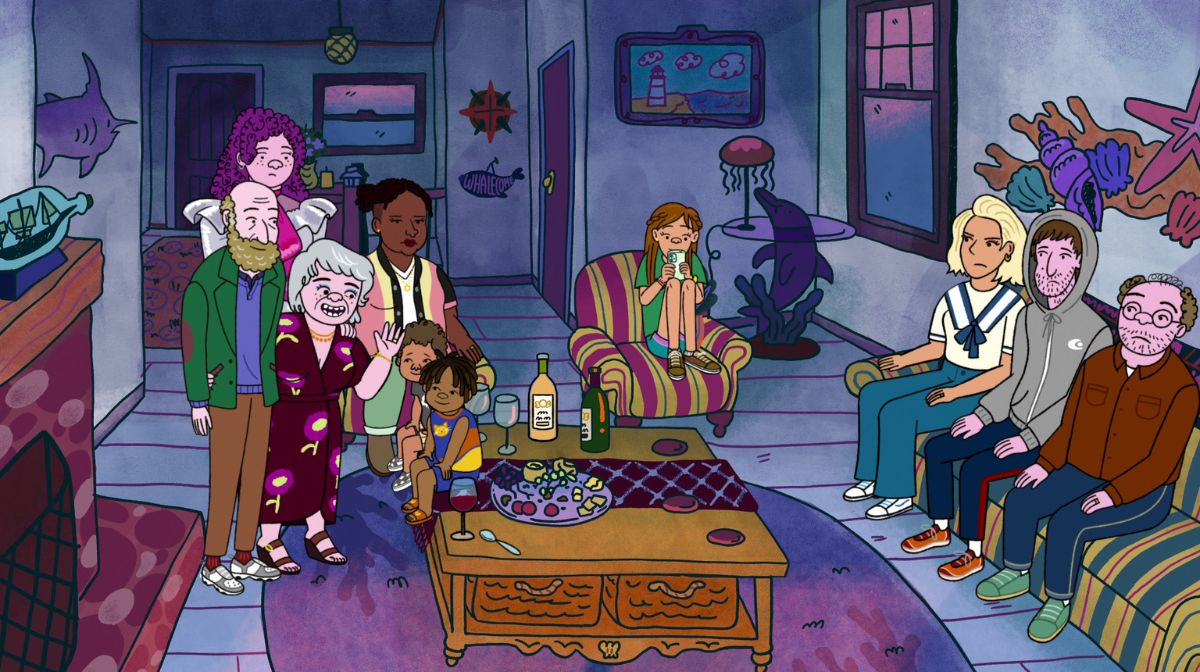
“We haven’t had to overthink each choice on this season, we were able to map the details out episode by episode, but we have had to make big decisions which won’t really factor in until later on. There was a line in one of the episodes where Naomi (the mother, voiced by Lisa Edelstein) is talking about where she met Elliot (Paul Reiser), and we had to record five different versions of that line, each with a different year in the mid 1970s, as we tried to work out which year worked best for our timeline.
“It’s not like this show is Lost or Game of Thrones, the years aren’t hyper-important, this is just the story of a family. But it does help us know who these characters are in a way that makes writing them easier; we know their birthdays, what time of year every episode takes place in, and many more details never referenced in the episodes themselves – they're decisions which help us stay consistent, and never get boxed in with a storyline.”
The first episode is centred around youngest son Yoshi’s (New Girl’s Max Greenfield) Bat Mitzvah - the only episode with an audience surrogate being exposed to the family’s bickering, passive-aggressive relationships for the first time, in this case the new girlfriend of oldest son Avi (Ben Feldman).
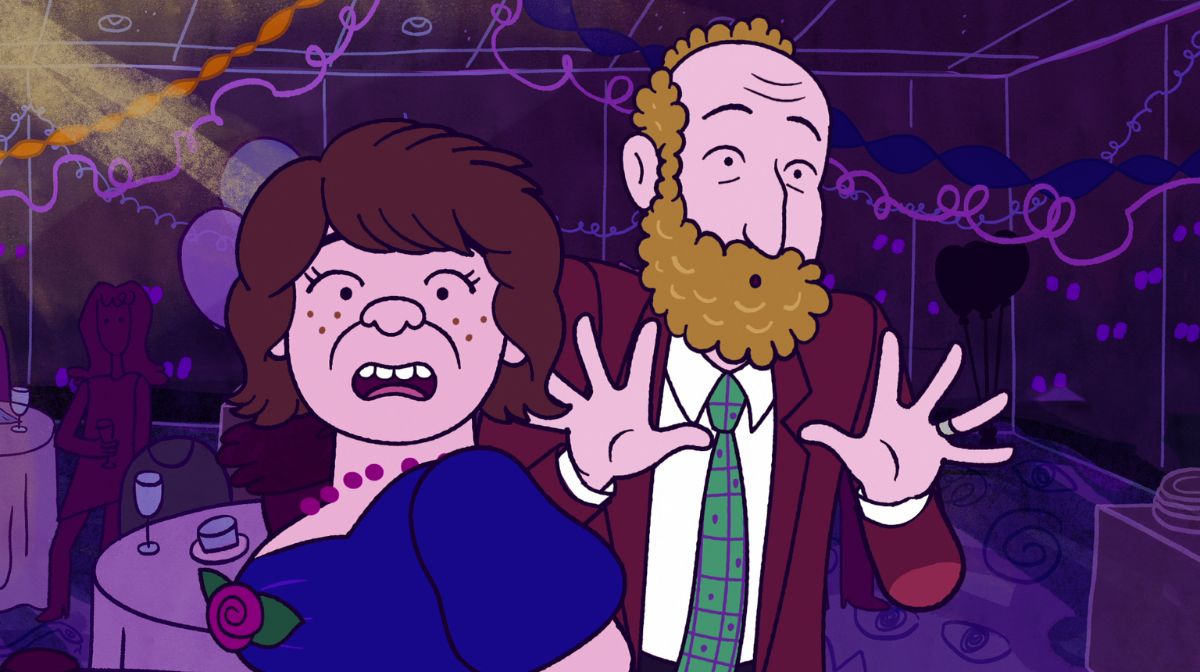
“It’s the best writing tool if you want to introduce a bunch of characters at once, throwing you in at the deep end alongside someone else who is also just getting their first impression. But I also really wanted to start on an episode where the characters are younger, so we can jump ahead and give you a feeling of whiplash before you realise that we’re jumping backwards and forwards from episode to episode – the first jump had to be forwards, so you could really feel the weight of time passing.”
The show also breaks one of the biggest rules for an animated sitcom, just by the very nature of its premise. Here, the characters grow older, which is practically a taboo when everyone from The Simpsons to the residents of South Park are frozen at a certain age, the show’s canon altering around them with every season.
“We had the characters age on Bojack, but in ways that weren’t apparent; we’d give Diane a haircut or let Bojack go a bit more grey every once in a while, but their overall character designs never changed much. Here, every episode is like a new pilot when it came to designing this world; there was no set location they live at over the years, and because of the different time periods, everyone always looks brand new!
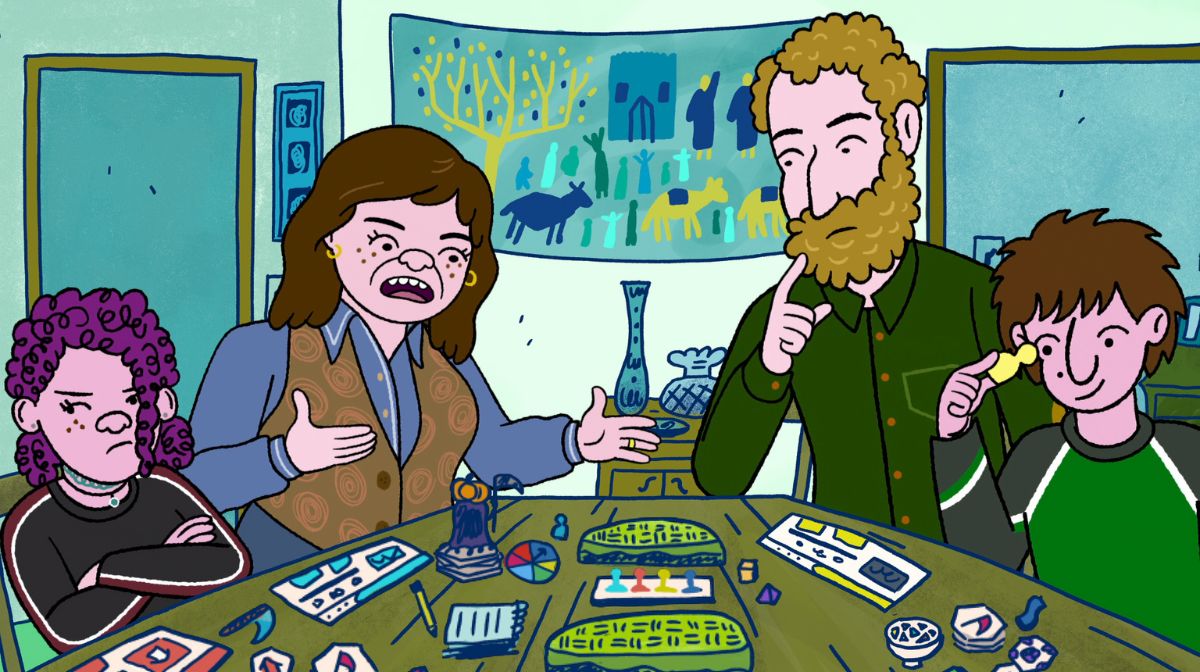
“It was the thing we had to be most conscious of when budgeting the series, because from a production standpoint, this presents so many challenges you’re not really used to in animated television, but it was fun to have the chance to be intentional with character designs like this.”
The style of animation is starkly different to his earlier hit; still rich with detail and a plethora of visual gags in each frame, but brought to life with a looser style more reminiscent of sketchbook drawings.
“The look of the show was developed by Lisa Hanawalt and Alison Dubois, artists I’ve worked with a bunch who I have so much faith in; I didn’t want to be a heavy hand in their process. One of the earliest conversations we had was how to make sure this wouldn’t feel like Bojack, not only because we didn’t want to do the same thing again, but because this world is more grounded and less cartoon-y.
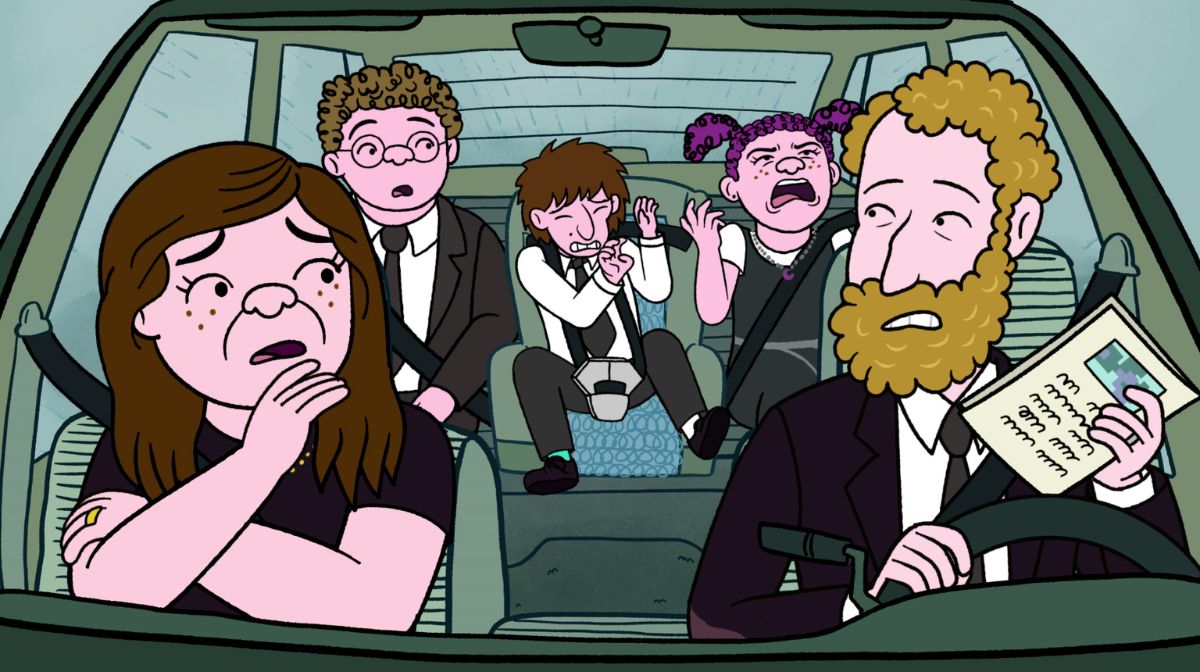
“However, we didn’t want a hyper-realistic sensibility, we wanted the world to feel bright and full of energy, to have a bit of innocence, maybe even childishness to the drawings. We wanted to evoke Peanuts or other children’s books, have everything feel like it was hand drawn, because I’ve had so many experiences of having artists draw characters that lose a little bit of life when put into a machine – these characters had to maintain a looseness, like they’d just been sketched in the moment.
“We didn’t want to always colour within the lines, or have the lines be too straight; it feels warmer and more bespoke if it looks dashed off, and has those imperfections of hand-drawn animation. Alison is really conscious of the colours too, and with every episode, the first thing she does is map out the story purely in terms of the colour palette, so she knows how it’ll flow visually – it's not the way I think at all, and I’m blessed to have collaborators who come at this work differently, as it helps it come alive in different ways.”
The end product is an often painfully relatable family comedy, even if it’s so specific it feels like a deeply autobiographical work for Waksberg. And although it isn’t, that didn’t stop him worrying about what his family would think of it.
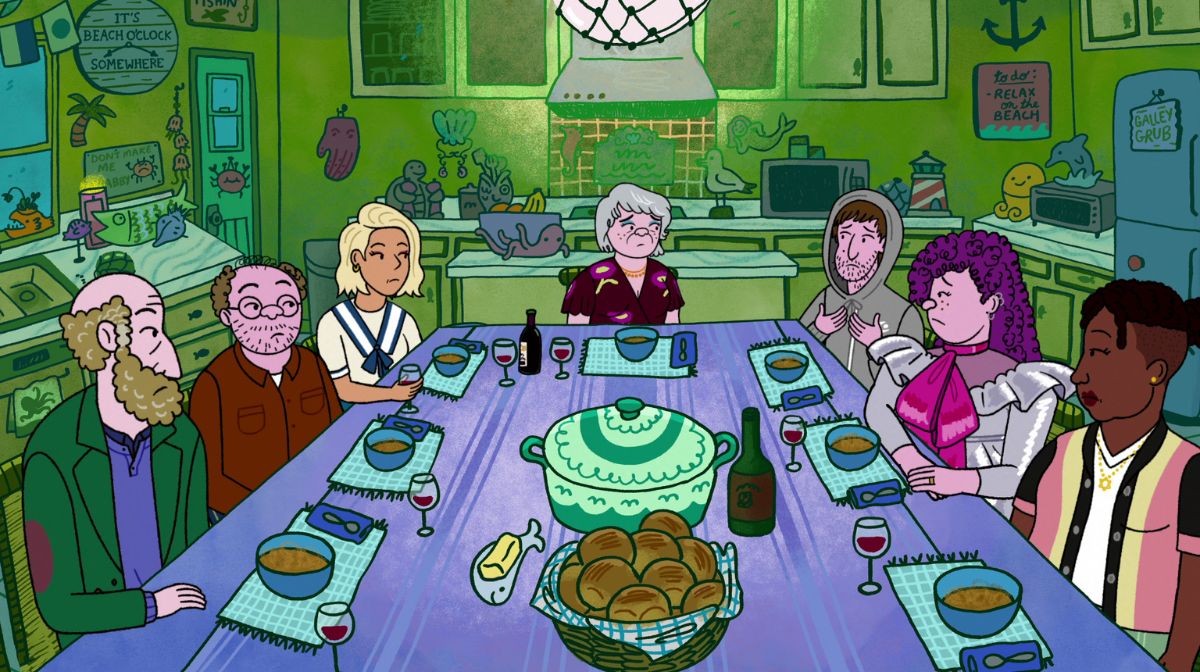
“I had to show them the pilot because I was a little nervous about what they thought – and they were too, knowing what the show was about. We’re all now breathing a little better, they liked it and saw that these characters weren’t based on them!
“I think when I’ve written about childhood trauma and bad parents before, like with Beatrice Horseman in Bojack, some audience members felt like they were left off the hook, as nobody is that bad of a parent.
“I’m from a very loving family, but so are the Schwoopers, and every loving family has some dysfunction sometimes. There will always be resentments and disagreements that pop up and shape people, and I think the way that can shape a person is worth exploring just as much as the worst, most traumatic family relationships...”
Long Story Short is streaming on Netflix from Friday, 22nd August.
Related Articles

